The TOD model is increasingly popular in developing countries, including Vietnam. In Ho Chi Minh City, this model is being applied to form and develop “satellite” urban areas.
Ho Chi Minh City - TOD bright spot of the country
Redistribution is an unavoidable problem in big cities, when population density and the number of people moving to live there are increasing. At the same time, many solutions have been developed to orient the population to the districts on the outskirts of the city as well as to integrate people in new satellite cities, with the desire to reduce pressure and improve the quality of life for people. One of the solutions that many places have been successfully applying is the TOD model.
TOD (Transit Oriented Development) is defined as an urban development model that takes public transport development as the basis for development planning, taking traffic hubs as population concentration points to further form a decentralized transport system.
Cities developed according to the TOD model are often built around bus stops, train stations or other public transport facilities. These places often concentrate many amenities such as shopping malls, schools, offices, entertainment centers, etc., creating an ecosystem that meets the living needs of residents.
In addition, these areas are often designed with a radius of 400 m to 1,000 m so that people can walk, cycle or use public transport easily. Currently, the TOD model is being applied in many major cities in the world such as: Tokyo (Japan), Seoul (Korea), New York (USA), London (UK),...
In Vietnam, the TOD model is also being planned to be implemented, especially in Ho Chi Minh City. The immigration rate in Ho Chi Minh City has increased steadily over the years, leading to infrastructure overload. According to the latest Statistical Yearbook of the General Statistics Office in 2021, Ho Chi Minh City ranks second in the country with an immigration rate of up to 25.4%. Faced with this situation, the TOD model is being promoted in suburban districts to turn these areas into satellite cities, attracting residents to live there. It is expected that for the period 2022-2025, the total investment cost for infrastructure in Ho Chi Minh City will be 243,000 billion VND, of which the estimated investment cost for metro construction alone is 103,000 billion VND, accounting for about 43%.
"Satellite cities" of Ho Chi Minh City
Thu Duc City is a typical example that has been facilitated to apply the TOD model to become a new satellite city of Ho Chi Minh City .
Specifically, Thu Duc is focusing on investing in building transport infrastructure such as the new Eastern bus station - a key hub in the eastern public transport intersection of the city, or the Ben Thanh - Suoi Tien Metro line extending from District 1 to Thu Duc city (expected to be commercially exploited in the fourth quarter of this year).
Thu Duc is also the “gathering point” of a new residential area with full modern facilities to serve the people. In addition, in the near future, the city is proposing to open High-Tech Park 2 in Thu Duc, which is expected to become one of the three core areas along with the existing high-tech park.
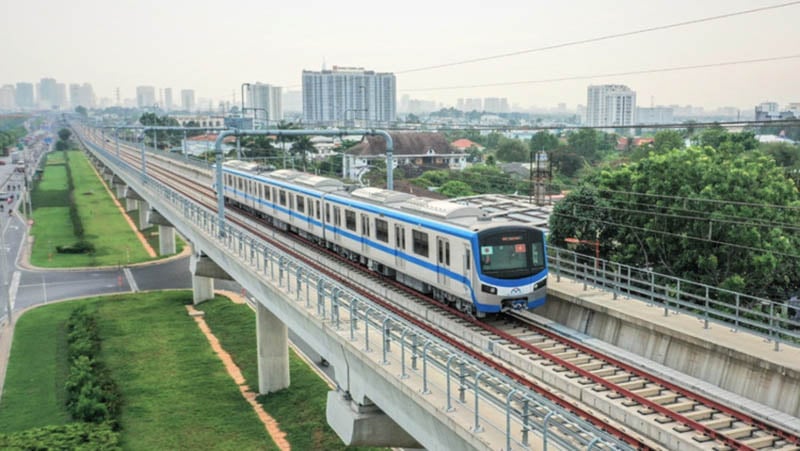 |
| Metro Line 1 (Ben Thanh - Suoi Tien). |
Binh Chanh is also one of the potential areas to pilot the TOD model to become a new residential center of the city. As the gateway to the Southwest of Ho Chi Minh City, Binh Chanh is also focused on investing in the public transport system with many projects under construction such as Metro Line 3A (Ben Thanh - Tan Kien) with a total investment of more than 67,000 billion VND, expected implementation time 2025 - 2034, or Metro Line 5 (Bay Hien Intersection - Saigon Bridge), expected to start commercial operation after 2032, shortening the travel time of residents when wanting to access neighboring areas and the city center.
The TOD model helps people to use public transport more easily, reduce emissions into the environment, in addition, many policies have been put in place to preserve green areas, helping Binh Chanh's nature to maintain its original integrity and freshness. The goal in the future is for Binh Chanh to become a civilized, modern urban area with a good quality of life.
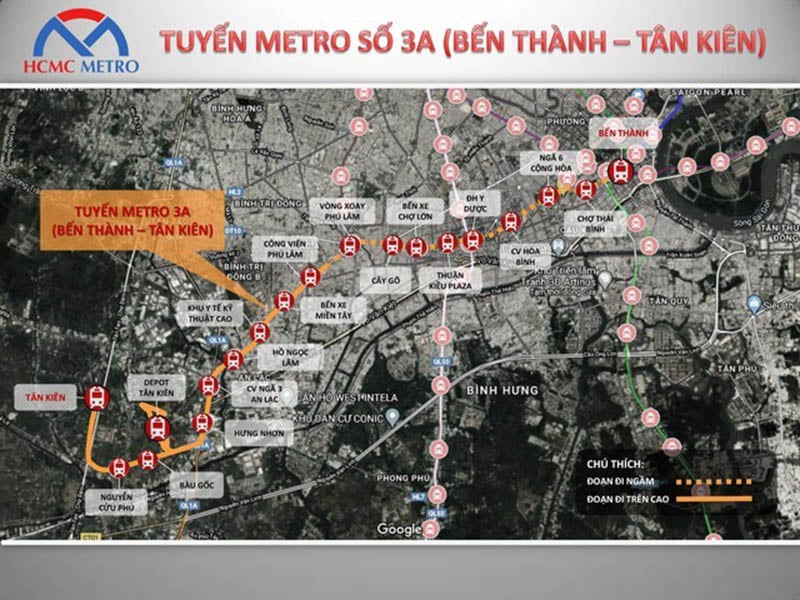 |
| Metro Line 3A (Ben Thanh - Tan Kien) |
Seeing the potential of the TOD model in the future, many investors have built urban areas to seize the opportunity, including Gamuda Land - a reputable investor in the real estate sector, always leading the trend.
Following the success of the Celadon City project (Tan Phu), Gamuda Land will soon launch another real estate project in a prime location in Binh Chanh area with full surrounding amenities from schools, supermarkets, hospitals to shopping centers,...
In addition, the investor also takes advantage of the existing advantages of the suburbs such as green nature, existing neighbors, ... combined with the typical Biophilic green architecture to help residents enjoy fresh air, relax after daily stress. With a strategic vision and taking advantage of the TOD model in the future, Gamuda Land promises that residents of the project will live in a true satellite city to improve their lives.
The widespread application of the TOD model combined with strong investment in many real estate projects promises to turn Binh Chanh in particular and the suburbs of Ho Chi Minh City in general into an ideal place for investment in the future.
Source



![[Photo] Prime Ministers of Vietnam and Thailand visit the Exhibition of traditional handicraft products](https://vphoto.vietnam.vn/thumb/1200x675/vietnam/resource/IMAGE/2025/5/15/6cfcd1c23b3e4a238b7fcf93c91a65dd)


![[Photo] National Assembly Chairman Tran Thanh Man meets with Thai Prime Minister Paetongtarn Shinawatra](https://vphoto.vietnam.vn/thumb/1200x675/vietnam/resource/IMAGE/2025/5/15/e71160b1572a457395f2816d84a18b45)

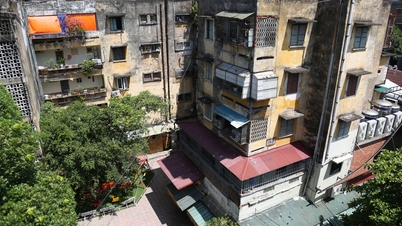



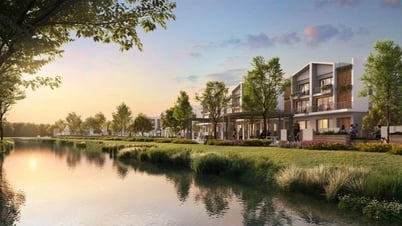

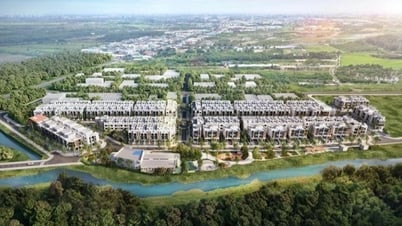






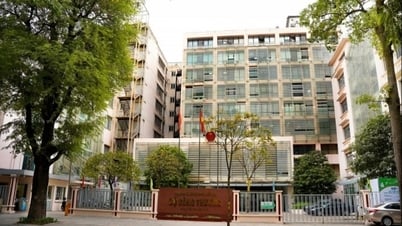

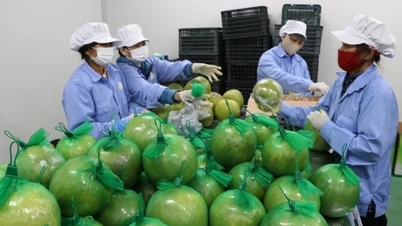









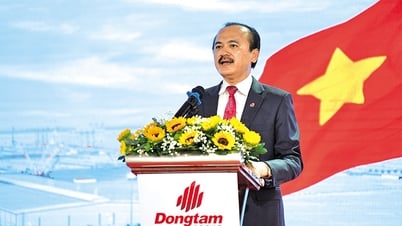



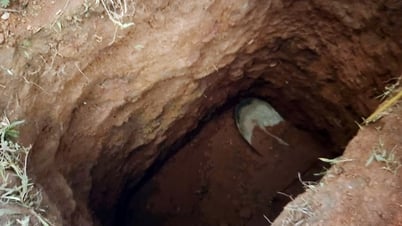
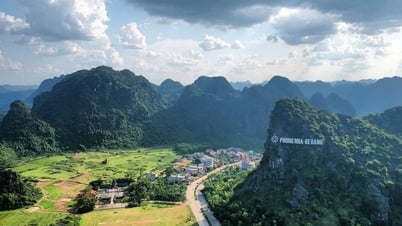

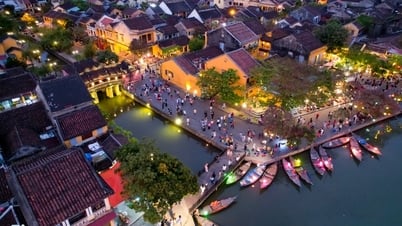

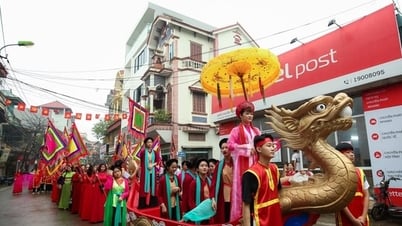



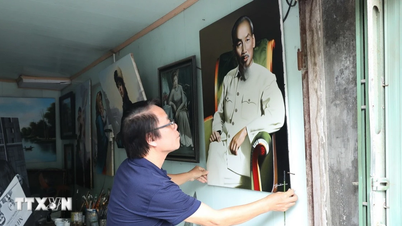

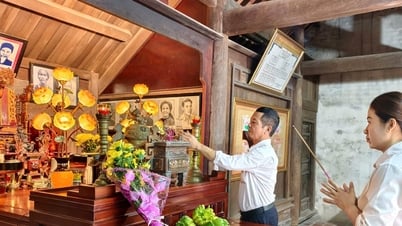









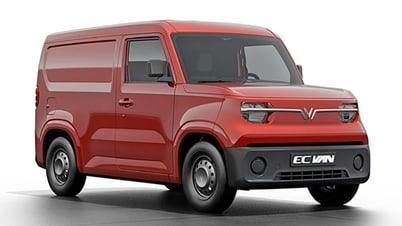


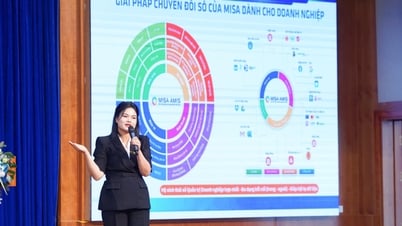



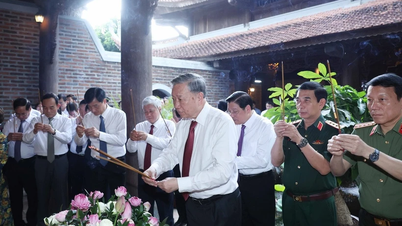



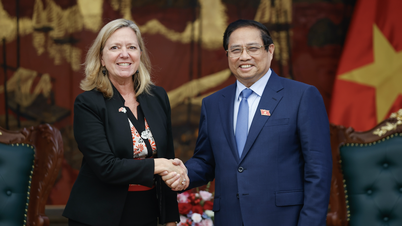




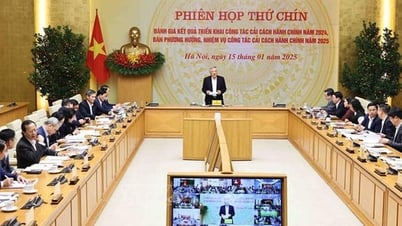

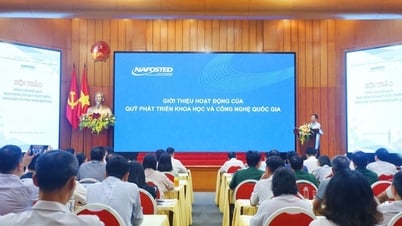

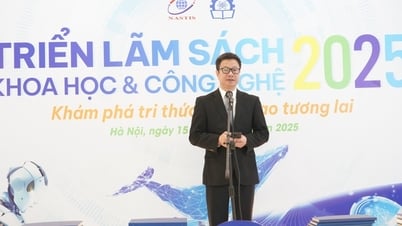


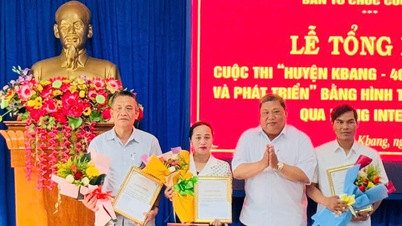





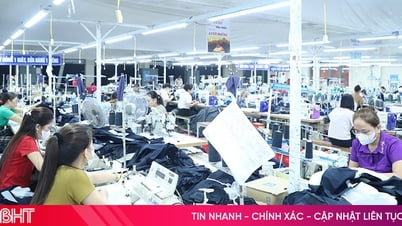



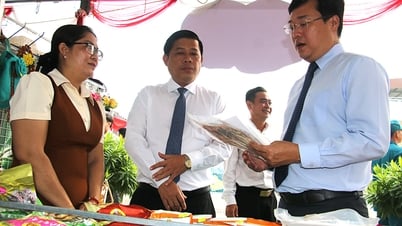



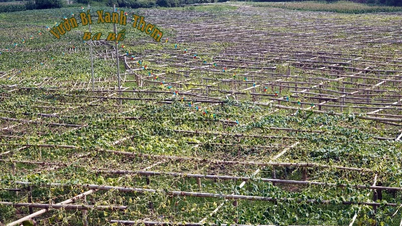

Comment (0)